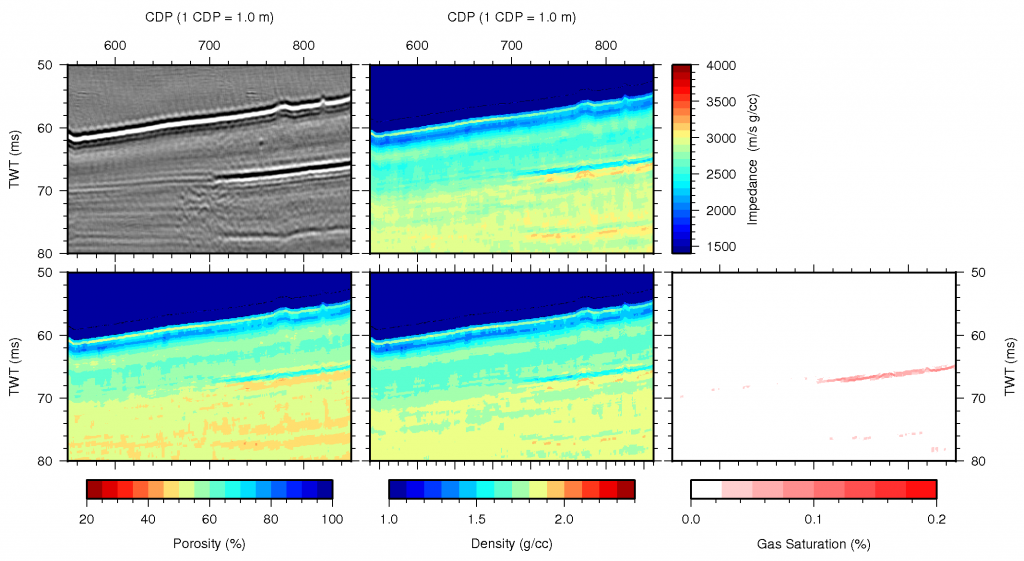A new paper, titled “Deriving shallow-water sediment properties using post-stack acoustic impedance inversion”, has recently been published in the peer-reviewed journal Near Surface Geophysics by Geology and Geophysics Research Fellow, Dr Mark E. Vardy. In the paper, Mark demonstrates a method whereby key physical properties of the sediments that comprise shallow subsurface can be derived from quickly and easily acquired seismic reflection data. In particular, he illustrates how the density, porosity (water content), speed of sound, and mean grain size of the sediments can be obtained.
In contrast to traditional physical sampling methods (e.g. cores and boreholes) for deriving such properties, which are restricted to isolated point samples, Mark’s techniques allows these properties to be derived wherever seismic reflection data has been acquired. This permits the sediments to be spatially mapped over large areas quickly and easily.
The potentials for this work are widespread, with a range of important applications to both academic research problems and the marine survey industry. Potential applications include but are not limited to: mapping the mechanical properties of soils for more efficient installation of seafloor infrastructure (cables, pipeline, wind turbines, etc); identifying areas of submarine slopes that could fail as a submarine landslide and generate potentially devastating tsunamis; and quantifying gas saturation and gas migration pathways for fluid migration and Carbon Capture and Storage problems.

For more information, please follow the link below to find publication:
http://nsg.eage.org/publication/publicationdetails/?publication=78505